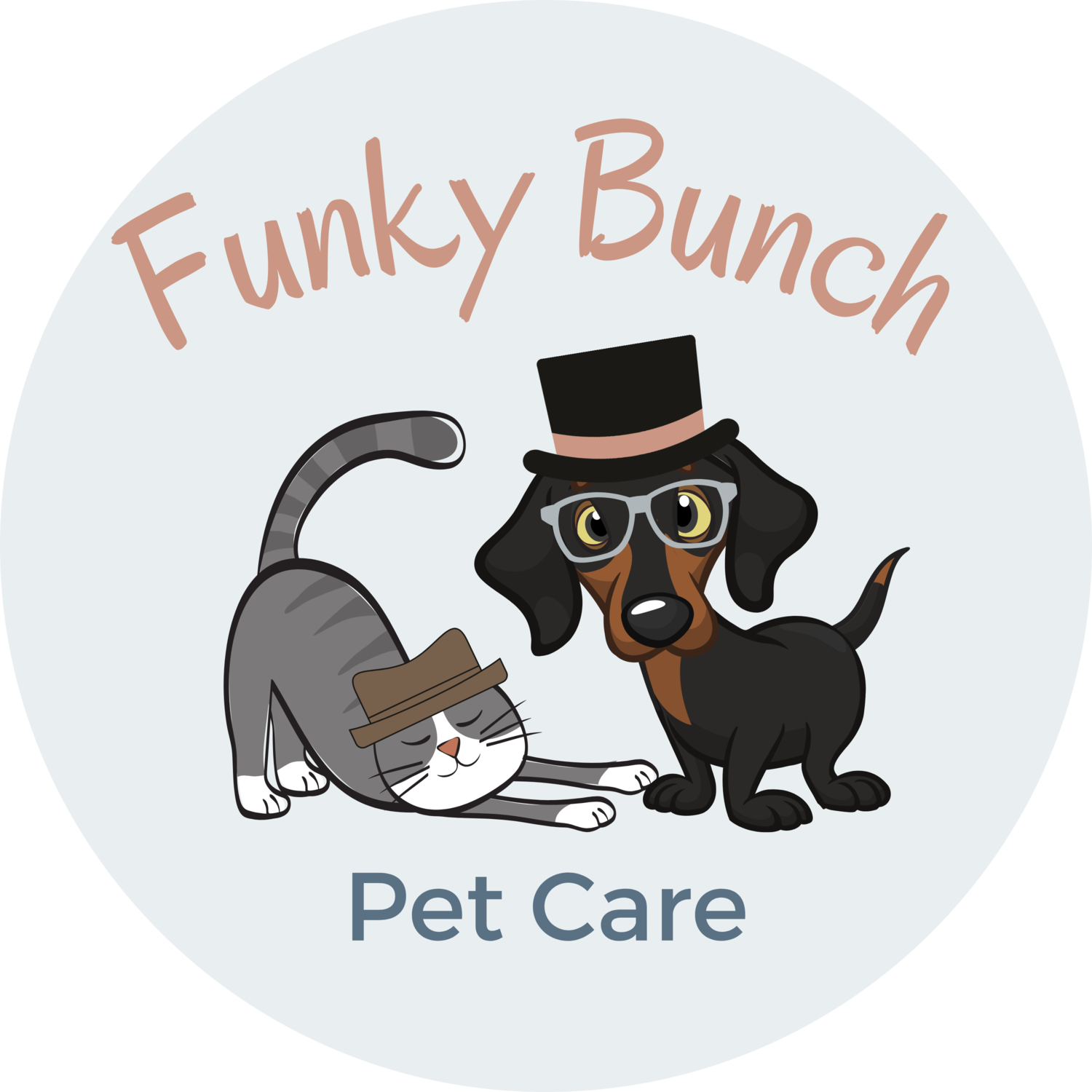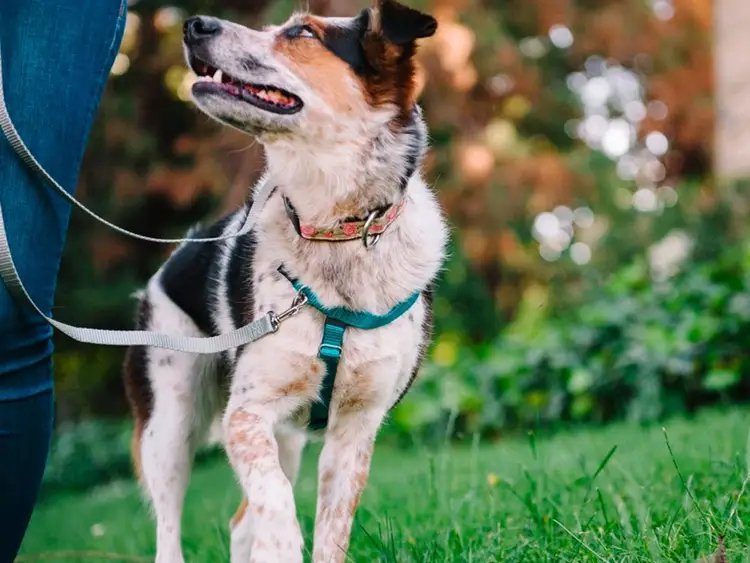Types of Dog Harnesses
Many dog owners feel as though a collar alone isn’t enough protection for their dog when walking. Collars can loosen easily, slip over a dog’s head, or cause an excess amount of pressure on their neck, which can lead to breathing issues or neck pain. While collars are an important tool in everyday dog care, having a quality harness on hand is never a bad idea.
What is the purpose of a harness?
Harnesses are built to cover your dog’s body instead of their neck while walking. They are helpful training tools that allow you to have greater control over your dog’s movement. They are especially useful in dogs that pull on their leash, are inexperienced at leash walking, or are simply a flight risk. Most harnesses are designed in a way that makes escaping them a difficult task. Any dog can benefit from wearing a harness regardless of age, size, or experience in leash walking.
What type of harness is right for your dog?
There’s a huge variety of dog harnesses, so finding one that’s ideal for your pet can feel overwhelming. A few important questions to consider before purchasing a new harness include:
Does your dog pull on their leash while walking?
How big is your dog?
Are they comfortable with a harness being pulled on over their head?
Additionally, making sure that the harness fits properly before use is a key component in successfully using a harness. Harnesses should fit snug, only allowing two fingers to slide in between their skin and the harness.
Types of Harnesses
Back Clip
Back clip harnesses have the leash clip located somewhere on the dog’s back. The clip could be at the top of the back near the shoulder blades, or it could be at the base of the harness farther down the spine. They tend to be geared towards non-pullers, but brands such as Gooby and Frisco have back clip harnesses that tighten when tugged on, which can help to reduce excessive pulling. This style of harness is the most widely used, especially in older or calmer dogs.
Front clip
Front clip harnesses are often marketed as “no pull harnesses,” which is because of their design. The leash attachment on these is located on the dog’s chest, which allows for greater control of their movement. Once they begin pulling on the harness, they are redirected sideways in the direction of the leash. This pulls them closer to the handler, which can be especially useful in training “heel” or loose leash walking. The most common brand of front clip harness is the PetSafe Easy Walk, but many brands carry a front clip style, including popular brands like Ruffwear and 2 Hounds Design Freedom.
Dual Clip
Dual clip harnesses are the best of both worlds when it comes to full-body coverage. They feature a clip on both the chest and the back, allowing you to opt for either style. Many prefer this style of harness because of the versatility they provide and the flexibility to choose either clip depending on the activity that your pet will be joining you in. Additionally, this style can be clipped onto both rings at once for excess pulling, providing a stable, secure connection in two different locations.
Step-In
Step-in harnesses are ideal for dogs who aren’t comfortable with harnesses being pulled over their head when putting them on. They’re designed to be laid flat on the ground, while the dog places their paws into each arm hole. From there, the harness is pulled up and over the back, clipping right above the spine. These harnesses are primarily designed for small dogs who don’t pose a risk of strong pulling. Popular brands of step-in harnesses include Voyager and Li’l Pals, both of which are geared towards dogs of smaller stature.
While finding the right harness for your dog can be tricky, the end result can be a fun, rewarding experience that allows your dog to accompany you on more adventures. Making sure that the harness fits properly and suits your dog’s needs are crucial components in finding a long-lasting harness.





